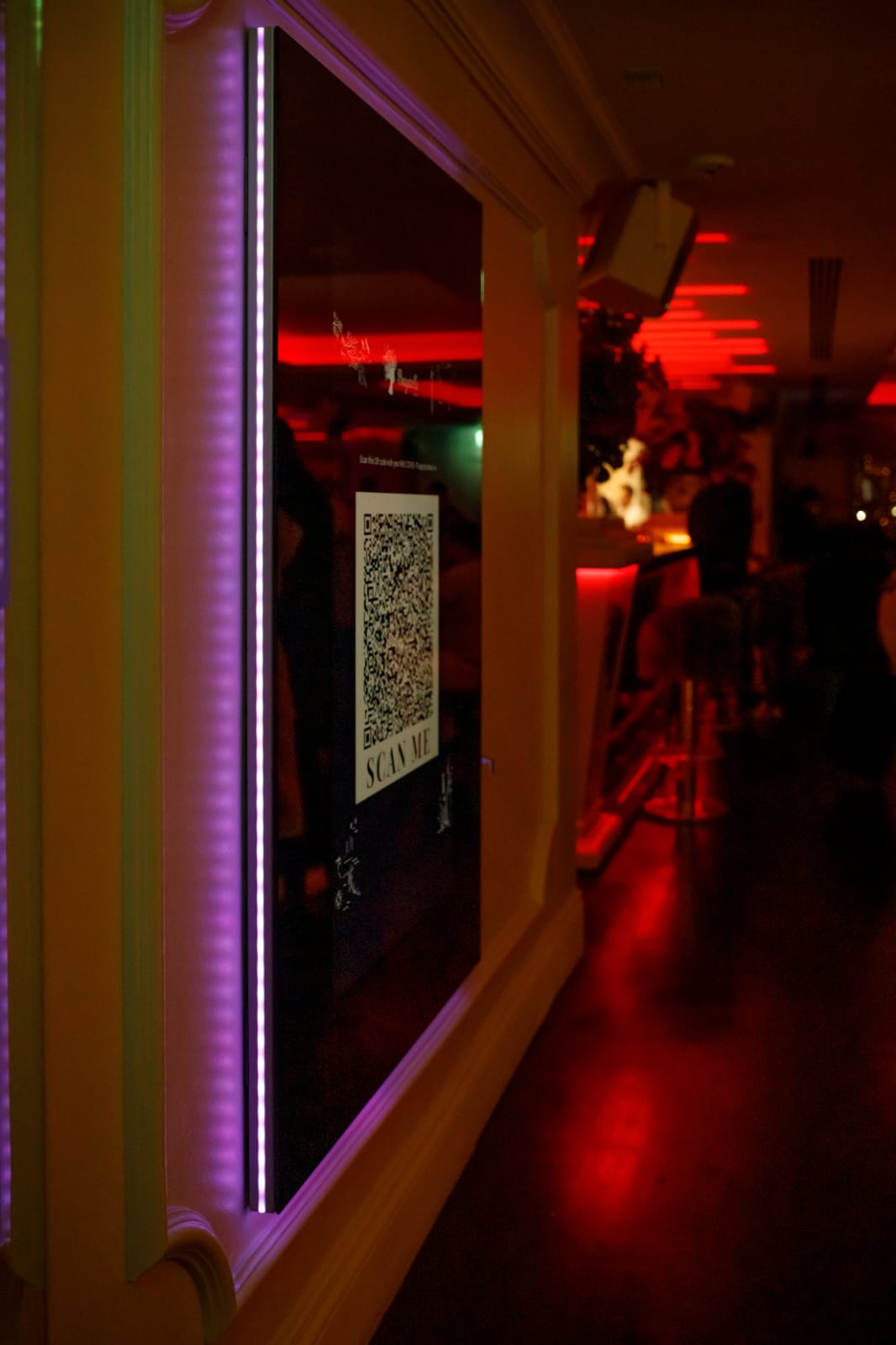2023 luxury brands advertising solutions today from Jarábik Barbara: Make sure your messaging is consistent – from your website to your social media posts, everything should reflect the luxury image you are trying to create. Be strategic in your use of social media marketing – a luxury brand should be active on social media platforms to generate brand awareness. However, it’s important to maintain a sense of privacy and exclusivity with your online presence. You should also consider the demographics of your target audience and use the digital platforms that will reach them most effectively. It is forecast that Gen Y (born between 1981 and 1996) and Gen Z (born between 1997 to 2012) will represent 45 percent of all luxury sales by 2025. Therefore they should play an important part in your digital marketing strategies.

Don’t neglect customer service: When you step into a designer store like Burberry or Louis Vuitton, what’s the first question you’re often asked? “Would you like a glass of champagne or tea?” That’s how it’s done. Brands like these treat their customers like kings and queens. Offering champagne and having a lounge within stores also adds to the luxurious branding. It makes you feel like you’re in a completely different world. Loyalty and repeat purchases are huge components of a successful luxury business. Customers who come back to purchase new releases or existing products have very high average lifetime values. This is why you must treat them extremely highly and ensure they are 100% satisfied. As a matter of fact, 55% of consumers would pay to have a better customer service experience.
Email marketing is extremely effective for e-commerce marketing and increasing customer loyalty, as it provides the opportunity to educate consumers and tell them about new experiences or products offered by the brand. Harrods do an exceptional job with their email marketing campaigns, and are well worth subscribing to for email campaign inspiration. In the near future, talking about online and offline will be like talking about the benefits of our left leg vs. our right leg. Both are integral to the other. It seems that every few months Burberry are running a new online brand-awareness campaign, driving luxury shoppers into their stores. Once those customers are in the stores, they’re encouraged to take pictures, share content, watch live streams, and use in-store iPads.
Say you sell shoes hand cobbled by the finest artisans in all of Montana. While the keyword “shoes” will certainly yield traffic, and some of those searchers may very well be interested in buying your exceptional kicks, the overwhelming majority of that traffic falls outside of your target demographic. This becomes even more of an issue as you begin to consider keywords with modifiers. “Cheap,” “sale,” and the dreaded “free” are all words that, when appended to a query, ostensibly eliminate a searcher as a prospect. Account-wide negative keywords ensure you never bid on terms you have no interest in paying for (on purpose or accidentally).

While I appreciate the need for stylistic design, luxury brands need to invest in websites that are also intuitive and well desgined from a user experience perspective. Aston Martin and Versace are both great examples of what luxury brands should be doing with their websites. Their websites are visually stunning, while very easy to use, and highly functional. In his book ‘Start With Why’, Simon Sinek explains how great marketing starts by explaining why they exist. Despite this, the majority of brands still market their products by explaining what they do. Take Apple for example. Here’s a paraphrased excerpt of how apple communicate with their customers. Discover extra details at Barbara Jarabik.
Digital signage mirrors are another way for luxury brands to advertise efficiently : The entire digital signage mirrors market was estimated at USD 780 million in 2021. The world market is expected to grow at a CAGR of 12.21% to hit USD 910 million by 2023. Digital signage mirrors can vastly improve individual efficiency by choosing outfits as per weather updates while also offering bus and train schedules (including traffic updates). Digital signage mirrors in smart homes, planes, commercial spaces, hotels, etc. are designed to be connected to users as well as with different devices around. Energy efficiency is one of the major advantages that will drive the adoption of digital signage mirrors.